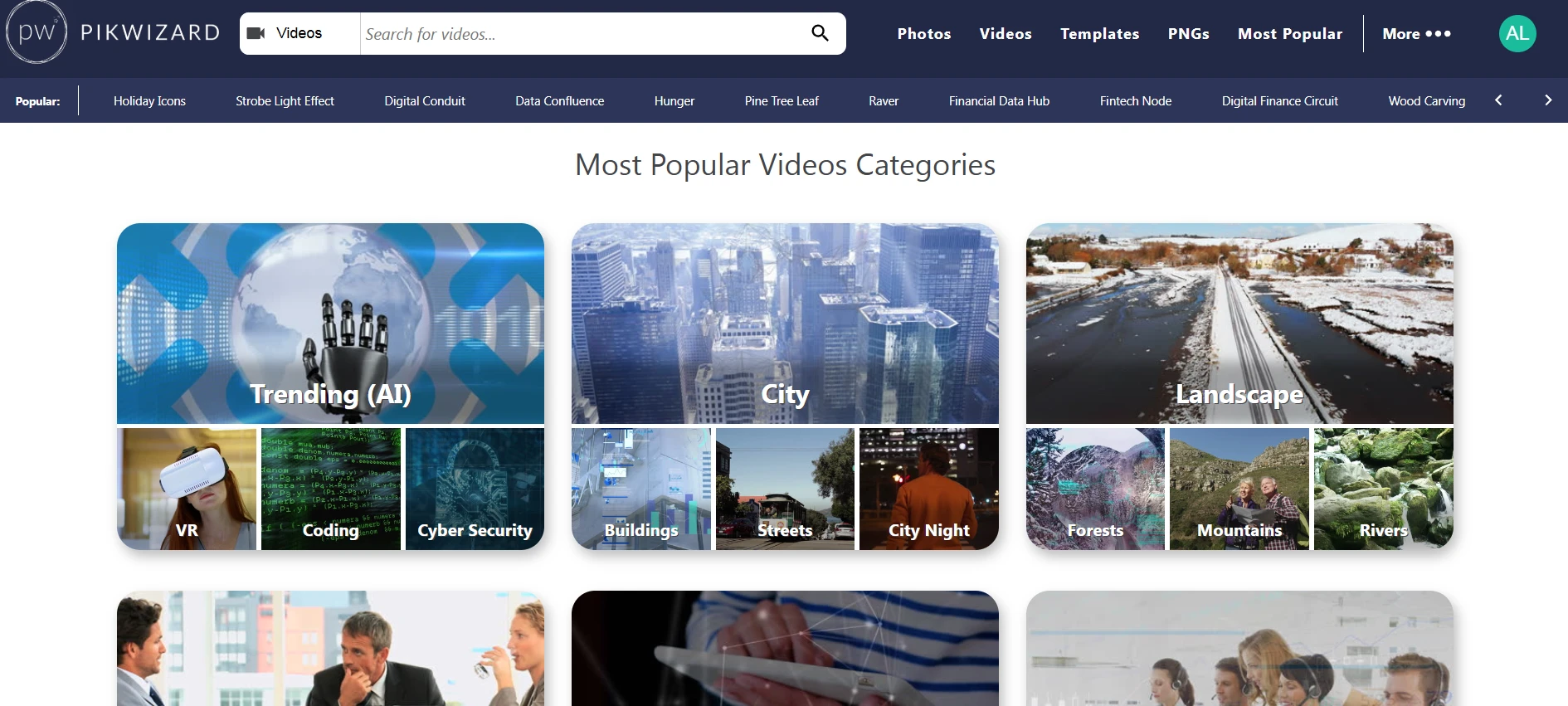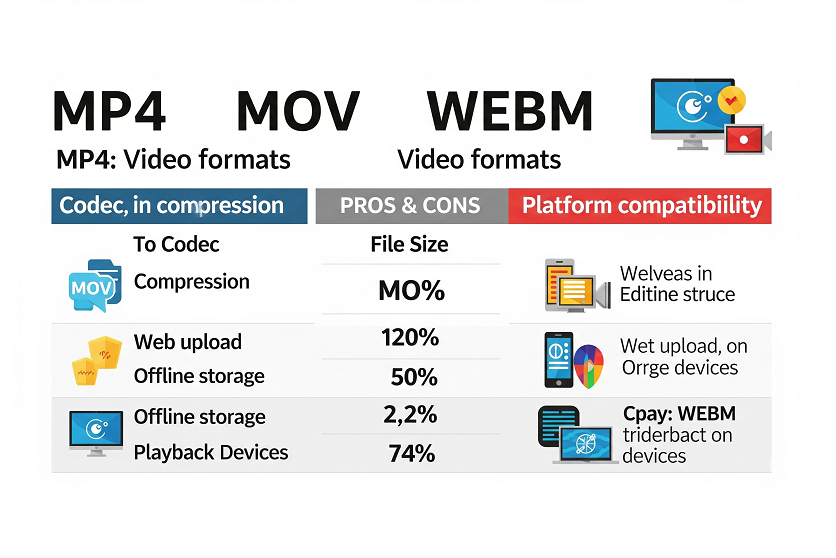If you’ve ever exported a video and paused at the file format dropdown wondering, “Wait… what’s the difference between MP4, MOV, and WEBM?” you’re definitely not alone. For anyone creating content online whether it’s for a blog, YouTube channel, presentation, or even a casual social media post knowing which video format to choose can save you time, headaches, and the occasional playback fail.
The good news is, you don’t need to be a video editor or tech wizard to figure this out. Let’s break it down in a way that actually makes sense.
What’s the Big Deal with Video Formats?
Think of video file types like containers. Each one holds your video and audio data, and they each come with trade-offs: some are better for compatibility, others are higher quality, and some are optimized for the web. Choosing the right one really depends on what you’re making and where it’s going.
MP4: The All-Around Workhorse
Use MP4 when… you need something that works everywhere.
MP4 is like the universal adapter of video formats. It’s supported by pretty much every device, browser, and social media platform out there. Whether you’re uploading a video to Instagram, embedding one on your website, or emailing a file to a coworker, MP4 is a safe bet.
Why people love it:
- Small file sizes (great for mobile viewers)
- Decent video quality
- Works on Mac, Windows, Android, iOS you name it
Downsides? It’s not the absolute best for ultra-high-quality video, and editing-heavy workflows may expose its limitations compared to other formats.
MOV: When You’re All About Quality
Use MOV when… you’re working with Apple products or high-resolution edits.
Originally developed by Apple, MOV is designed for top-notch quality which makes it a favorite for video editors and creatives using Final Cut or iMovie. If you’re shooting with professional cameras or editing footage with lots of effects, MOV handles the larger, less compressed files better.
Why it’s solid:
- Great quality for detailed work
- Plays nice with Apple software
- Holds multiple tracks (audio, text, timecode)
But: MOV files can get large, and they aren’t always ideal for online platforms unless you compress them first. Some browsers (especially older ones or those on Windows) may not support them natively.
WEBM: Light, Fast, and Web-Ready
Use WEBM when… speed and performance on websites matter.
WEBM is Google’s answer to modern video needs on the web. It’s lightweight, loads quickly, and delivers solid visual quality — especially for HTML5 video embeds and motion graphics on websites. It’s also ideal for background loops, header animations, and interactive media.
Why developers like it:
- Designed for the web, so it loads fast
- Smaller file sizes than MP4 or MOV
- Open-source and royalty-free
Things to watch: Not all browsers handle WEBM equally well, especially on iPhones or older versions of Safari. So always double-check compatibility if your audience is split across devices.
So… Which One Should You Use?
Here’s a quick breakdown depending on your needs:
| Use Case | Best Format | Why |
| Social Media Posts | MP4 | Compatible, small, easy to upload |
| YouTube or Video Hosting | MP4 or WEBM | Great balance of quality and load time |
| Website Backgrounds or Loops | WEBM | Lightweight, optimized for fast loading |
| Editing in Final Cut or iMovie | MOV | Maintains high quality, supports Apple features |
| General Use & Sharing | MP4 | Universal compatibility |
A Quick Note on Getting the Right Clips
If you’re still building out your content or just want to test different formats without shooting your own footage, platforms like Pikwizard are really helpful. They offer a growing library of free, royalty-free video clips mostly in MP4 that are easy to download and plug into whatever project you’re working on.
So if you’re not ready to hit record yourself, or if you just need some background visuals for your site, blog, or Reels, grabbing a few polished clips from a site like Pikwizard most popular videos can save you time and still give your work a professional edge.

Choosing the right video format doesn’t have to be complicated it just takes a little planning. Ask yourself where the video is going, who will watch it, and how important quality versus file size is for that project.
- If you’re editing a brand film or something that needs high visual fidelity? Go MOV.
- Need a fast-loading clip for your site’s hero section? Try WEBM.
- Just want a reliable format for everyday content creation? MP4 has your back.
At the end of the day, the best format is the one that helps you tell your story clearly and makes sure your audience can actually see it.




